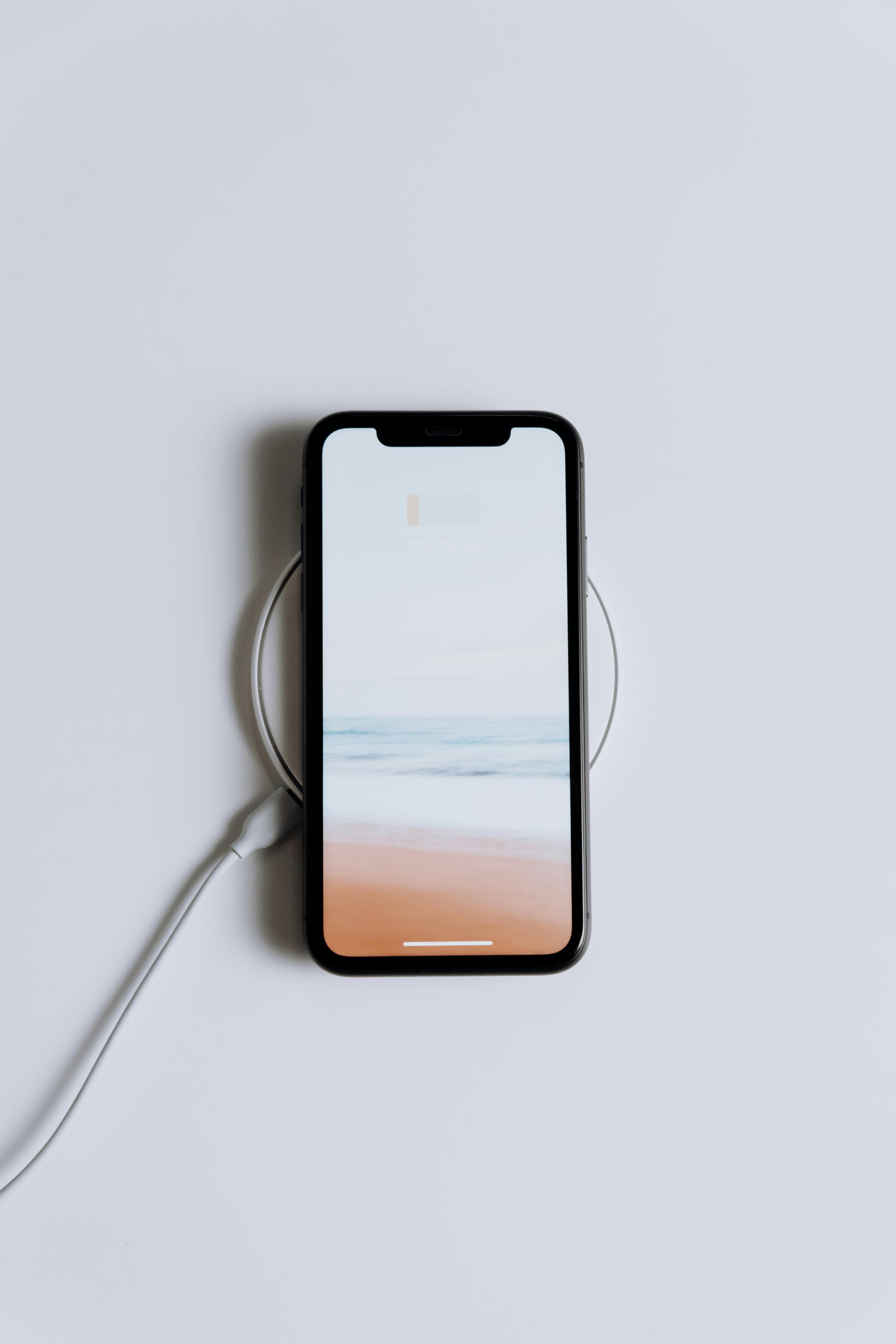Waterproof Phone Pouch: Protection, Use, and Choosing Tips
A waterproof phone pouch is a flexible envelope designed to keep smartphones and small valuables dry during activities where exposure to water, sand, or dust is likely. These pouches allow basic functions like taking photos and using a touchscreen while providing a barrier against splashes, rain, or brief submersion. Understanding how they work and their limits helps you choose the right option for everyday use, travel, or water-based activities.

What makes a waterproof pouch waterproof?
A waterproof pouch achieves protection through materials and closures. Common materials include PVC, TPU, or laminated fabrics that repel water and resist tearing. The closure is typically a double-zip seal, roll-top, or press-and-lock system; some use welded seams to eliminate stitch holes. Many manufacturers cite an IP (Ingress Protection) rating or depth rating (e.g., 1–10 meters) to indicate water resistance. Seals, material quality, and manufacturing precision determine real-world performance more than marketing labels.
Will a waterproof phone pouch protect my phone?
A properly rated waterproof pouch can prevent water damage from rain, splashes, or short submersion. It also protects against sand, dust, and sweat, which can be useful at the beach or during exercise. However, protection depends on correct use: sealing the pouch fully, testing it before inserting a phone, and avoiding extended submersion below the rated depth. Temperature and pressure changes (for example, diving deeper than the rating allows) can compromise seals, so pouches should not be assumed suitable for deep or prolonged underwater use.
Extra considerations include touchscreen responsiveness and camera clarity. Many pouches allow touch operation and photography through the material, but thin plastic may reduce screen sensitivity or photographic sharpness. Some pouches include a clear, camera-friendly window or a removable phone tray to help align the lens. If using a phone for underwater photos, a purpose-built waterproof case or housing typically offers better results and deeper protection.
How does a waterproof pouch differ from a waterproof case?
Pouches are flexible, often universal carriers that fit a range of phone sizes and modestly protect other small items. A waterproof case usually refers to a rigid, model-specific enclosure or a sealed hard housing designed for deeper submersion and better impact protection. Cases may have mechanical locks and optical glass for camera lenses, while pouches emphasize convenience, portability, and affordability. Rugged waterproof cases can offer higher IP or ATM ratings (e.g., specified meters of depth) and better shock resistance, whereas pouches are lighter, foldable, and easy to store when not in use.
Choosing between a pouch and a case depends on intended activities: casual beach use or kayaking often suits a pouch, while snorkeling, diving, or rugged outdoor work may require a certified waterproof case with specific depth ratings and physical protection.
Can I use a waterproof pouch for swimming?
Many waterproof pouches are designed for surface activities like swimming laps, floating in a pool, or paddleboarding, but suitability varies. If the pouch lists a depth rating and swimming or surface use, it can generally handle splashes and short dips. For active swimming, consider strap attachments, flotation features, and whether the pouch will stay securely sealed during movement. Pools with chlorine and saltwater environments can degrade seals and materials over time, so rinse and dry the pouch after contact with these waters.
Before using a pouch in the water, perform a simple test: place a tissue or paper towel inside, seal it, submerge briefly, and check for moisture afterward. Also be mindful of water pressure when diving or performing fast movements—sudden pressure changes can force water past seals. For underwater photography while swimming or snorkeling, a specialized waterproof housing or camera is typically more reliable than a general-purpose pouch.
How to choose and care for a waterproof phone pouch
Selecting the right pouch starts with checking size compatibility so your phone fits comfortably without stressing seals. Look for transparent windows for the camera and touchscreen, sturdy closures, and secure attachment options like neck straps or clips. Verify any IP or depth ratings and read manufacturer guidance on limits. Reviews and third-party tests can reveal real-world performance, especially how well a pouch seals after repeated use.
Care extends the pouch’s lifespan: rinse with fresh water after exposure to salt or chlorinated water, air-dry completely before storage, and avoid prolonged exposure to high heat that can warp plastic. Periodically inspect seals, zippers, or welds for wear and perform a dry-test (with tissue) after long storage or before valuable trips. Replace the pouch if seals show wear, or if the material becomes clouded or sticky from sun or chemical exposure.
Conclusion
A waterproof phone pouch offers a practical way to protect a phone from water, sand, and dust for many everyday and recreational activities. Understanding the materials, sealing mechanisms, and limitations helps set realistic expectations for protection, touchscreen use, and photography. Proper selection, testing, and care ensure the pouch performs reliably; for deeper or riskier underwater use, consider a purpose-built waterproof case with appropriate certification.






